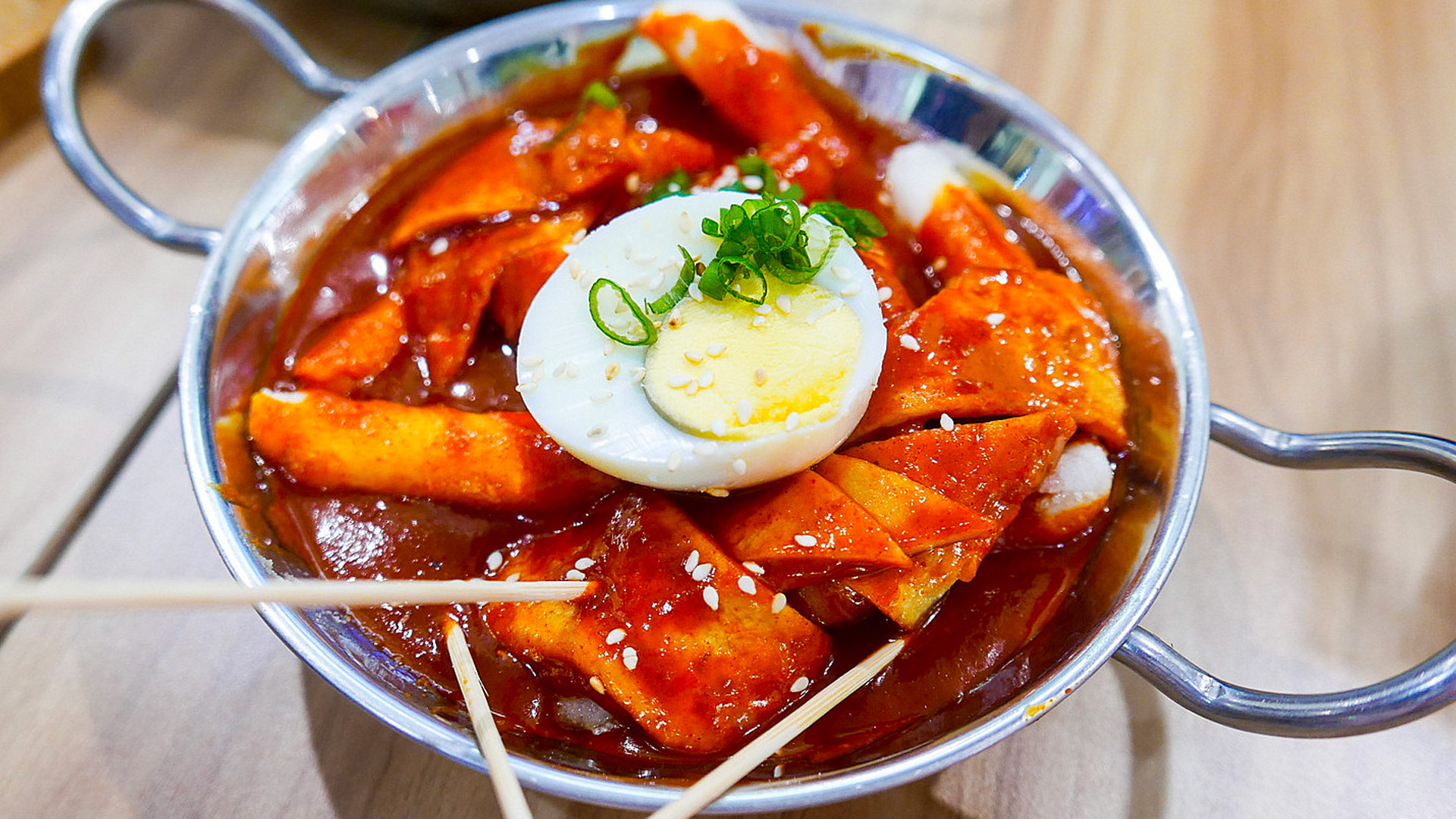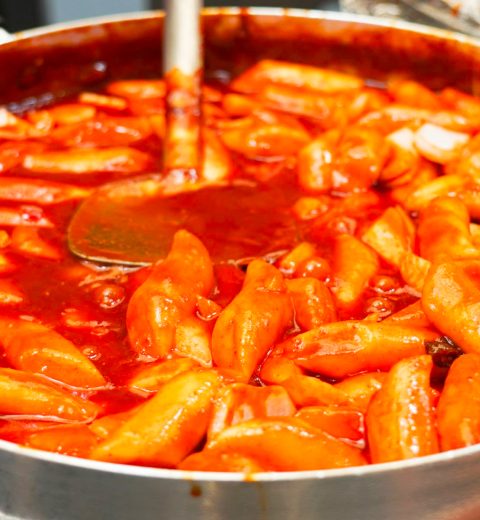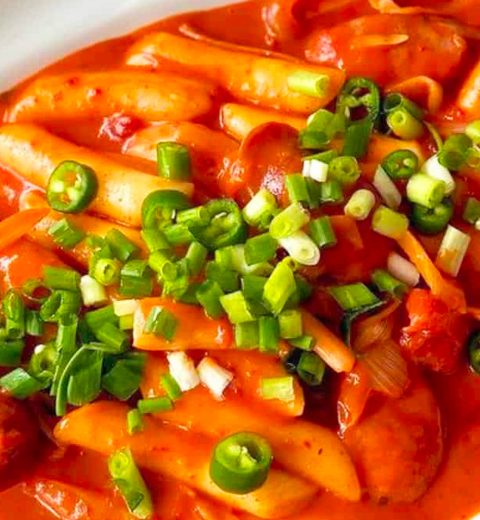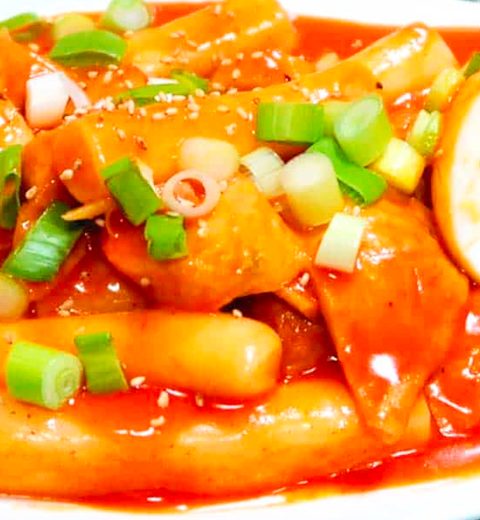When it comes to iconic dishes that represent Korean cuisine, one cannot overlook the mouthwatering delight that is Korean topokki. Bursting with flavors, vibrant colors, and a delightful chewy texture, topokki has become not only a beloved street food snack in Korea but also a symbol of Korean culture and tradition. In this article, we will delve into the rich history, cultural significance, and tantalizing taste of Korean topokki.
The Origins of Topokki
Topokki, also spelled tteokbokki, traces its origins back to the Joseon Dynasty, over 600 years ago. Originally created as a royal court dish, it has since evolved into a popular street food enjoyed by people of all ages. The main ingredient of topokki is garaetteok, which is a cylindrical rice cake made from pounded rice flour. The chewy texture of the rice cakes is one of the defining characteristics of this delectable dish.
Symbolism and Cultural Significance
Beyond its culinary appeal, topokki holds a special place in Korean culture. It represents the essence of Korean cuisine, known for its emphasis on bold flavors, communal dining, and the art of fermentation. Topokki’s bright red color, derived from the spicy gochujang sauce used to coat the rice cakes, symbolizes prosperity, celebration, and good fortune in Korean culture.
In addition to its symbolism, topokki also brings people together. It is often enjoyed with family and friends, particularly during festive occasions such as Lunar New Year and Korean holidays like Chuseok. The act of sharing a steaming hot plate of topokki creates a sense of community and strengthens bonds, reflecting the importance of social connections in Korean society.
The Taste Adventure
Now, let’s embark on a taste adventure through the delightful flavors of Korean topokki. As you take your first bite, you’ll be greeted with a burst of savory, sweet, and spicy flavors that dance on your palate. The gochujang sauce, made from fermented red chili paste, infuses the dish with a rich, complex spiciness that is uniquely Korean.
The chewy rice cakes, bathed in the flavorful sauce, provide a delightful contrast to the heat. They act as sponges, soaking up the flavors and becoming soft and tender with each bite. The addition of other ingredients such as fish cakes, boiled eggs, and vegetables adds depth and texture to the dish, creating a harmonious balance of flavors.
Topokki and Modern Adaptations
While topokki’s traditional recipe remains cherished, there have been exciting modern adaptations that cater to diverse palates. In recent years, fusion topokki has gained popularity, incorporating elements from other cuisines to create new and exciting variations. From cheese-filled topokki, which adds a creamy twist, to seafood topokki, featuring an abundance of fresh seafood, these adaptations showcase the versatility of this beloved dish.
Korean topokki represents more than just a delicious snack. It is a cultural icon that reflects the vibrant and rich traditions of Korea. With its origins in the royal courts of the past, topokki has evolved to become a cherished street food enjoyed by people from all walks of life. Its symbolic meaning, communal aspect, and tantalizing flavors make it an integral part of Korean culture.
So, whether you’re strolling through the bustling streets of Seoul or trying your hand at creating your own topokki at home, embrace the warmth, spice, and camaraderie that this iconic dish embodies. Taste the flavors of Korea, and let topokki transport you to the heart of Korean culture and tradition.



